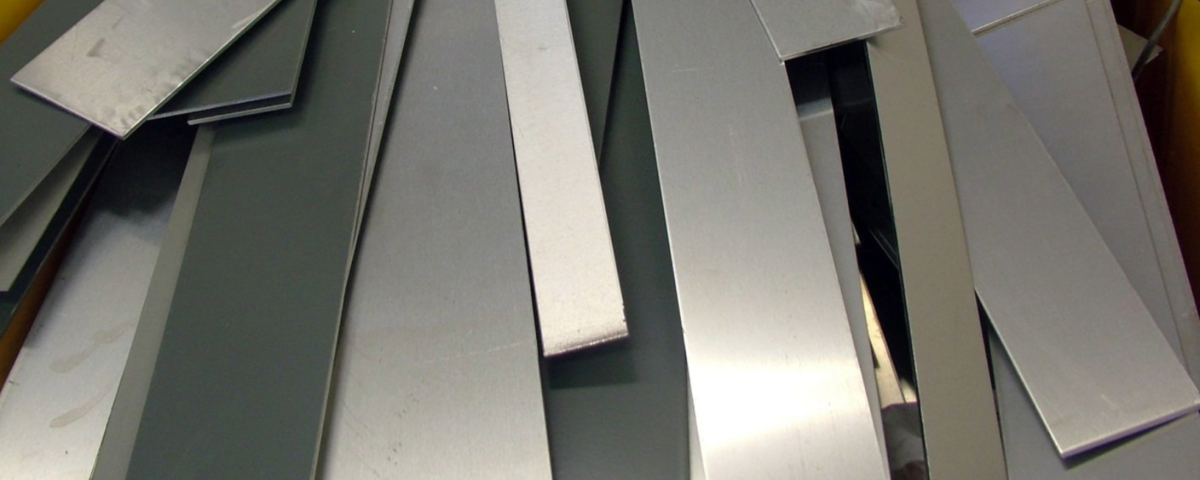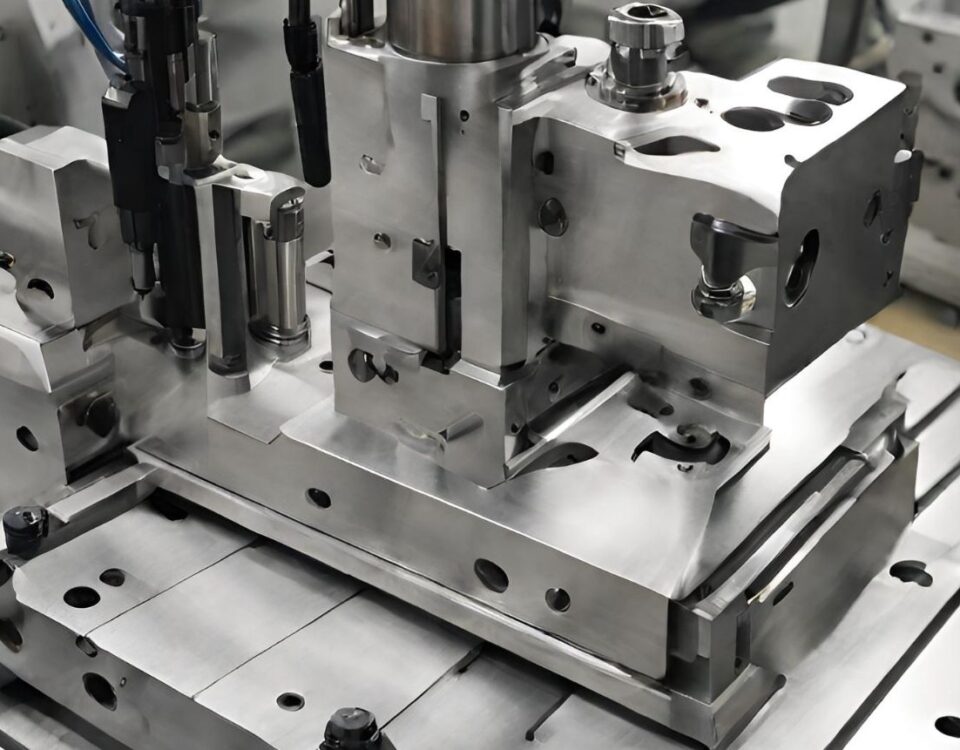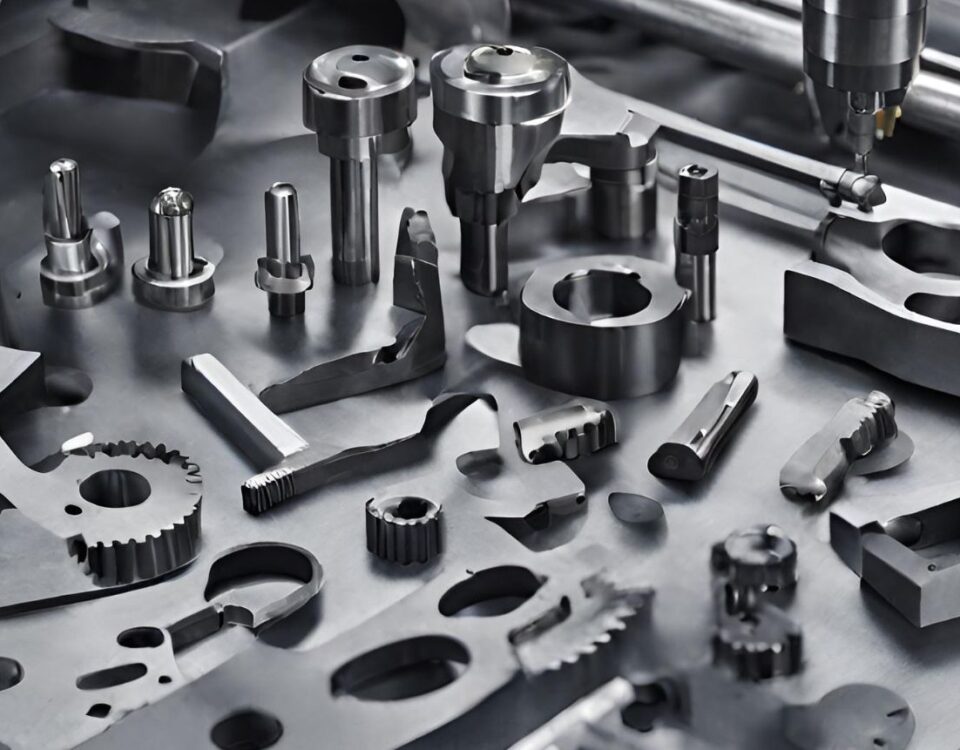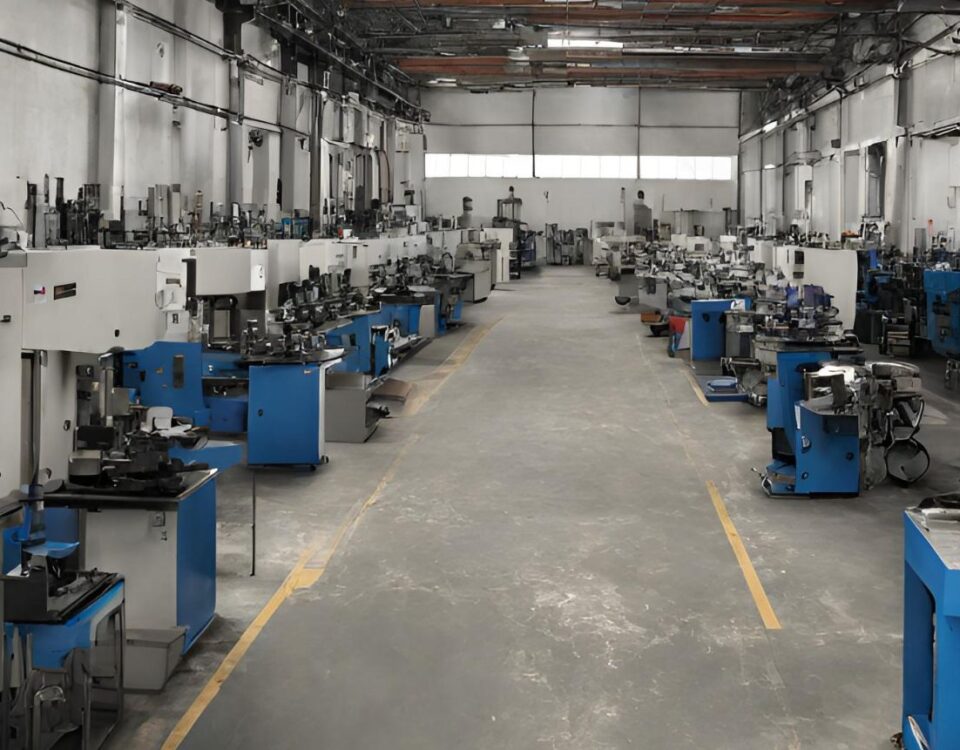
What are the Components of Precision and in a Manufacturer?
10 January 2024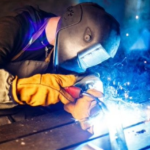
How Do You Evaluate Cutting Speed?
17 January 2024The production of sheet metal fabrication is a complex and fascinating process that combines both artistry and scientific precision. Steel, a versatile and widely used material, finds its way into numerous industries, ranging from construction and automotive to manufacturing and beyond. This article will delve into the intricate technique of making steel sheet metal, highlighting the key steps involved in transforming raw materials into the sleek, durable sheets we encounter in our daily lives.
- Raw Material Selection:
The journey of steel sheet metal begins with the careful selection of raw materials. Iron ore, coal, and limestone are the primary ingredients required for steelmaking. These materials undergo a series of processes such as mining, refining, and blending to achieve the desired chemical composition. The quality of these raw materials plays a crucial role in determining the final properties of the steel sheet.
- Ironmaking:
The first step in steel production is ironmaking, where iron ore is smelted in a blast furnace. The intense heat causes chemical reactions that result in the reduction of iron ore into molten iron, also known as pig iron. This molten iron is then transported to the next stage of the process.
- Steelmaking:
To convert pig iron into steel, various methods can be employed, with the most common being the Basic Oxygen Furnace (BOF) and the Electric Arc Furnace (EAF). In the BOF process, oxygen is blown into the molten iron to remove impurities and adjust the carbon content. The EAF process uses electric arcs to melt recycled steel and additional raw materials to create new steel.
- Casting:
Once the steel is refined to the desired composition, it is cast into semi-finished products, such as slabs, blooms, or billets. The choice of casting method depends on the intended final product. Continuous casting, for instance, is widely used to produce long sheets of steel with a consistent quality.
- Hot Rolling:
The cast semi-finished products are then subjected to hot rolling, a crucial step in shaping the steel into its final form. Hot rolling involves passing the steel through a series of rolling mills at high temperatures, typically above 1700°F (927°C). This process reduces the thickness of the steel and shapes it into coils or sheets, depending on the final application.
- Cold Rolling:
Following hot rolling, the steel undergoes cold rolling to further refine its thickness and improve surface finish. Cold rolling involves passing the hot-rolled sheets through a series of rollers at room temperature. This not only reduces the thickness but also enhances the steel's mechanical properties, such as strength and hardness.
- Annealing:
Annealing is a heat treatment process crucial for achieving the desired mechanical properties in steel. The cold-rolled sheets are heated to a specific temperature and then slowly cooled. This relieves internal stresses, increases ductility, and improves the steel's overall formability.
- Coating and Surface Treatment:
To enhance the corrosion resistance and appearance of steel sheet metal, various coating and surface treatment options are employed. Common methods include galvanizing, where a layer of zinc is applied to the steel, and painting, which not only adds a protective layer but also provides aesthetic appeal.
- Quality Control:
Throughout the entire manufacturing process, rigorous quality control measures are implemented. Advanced testing techniques, including spectroscopy, ultrasound, and visual inspections, ensure that the steel sheets meet the required specifications and industry standards.
- Packaging and Distribution:
The final step involves packaging the steel sheets for distribution. Depending on the intended use, the sheets may be cut into specific sizes and bundled accordingly. Proper packaging is crucial to prevent damage during transportation and storage.
Conclusion
The production of sheet metal fabrication is a multifaceted process that combines traditional methods with cutting-edge technology. From raw material selection to the final product, each stage plays a vital role in determining the quality and characteristics of the steel sheets. As technology continues to advance, the steel industry evolves, constantly refining and optimizing its techniques to meet the growing demands of various applications. Understanding the intricacies of this process sheds light on the art and science behind the steel sheet metal that surrounds us in our daily lives.

